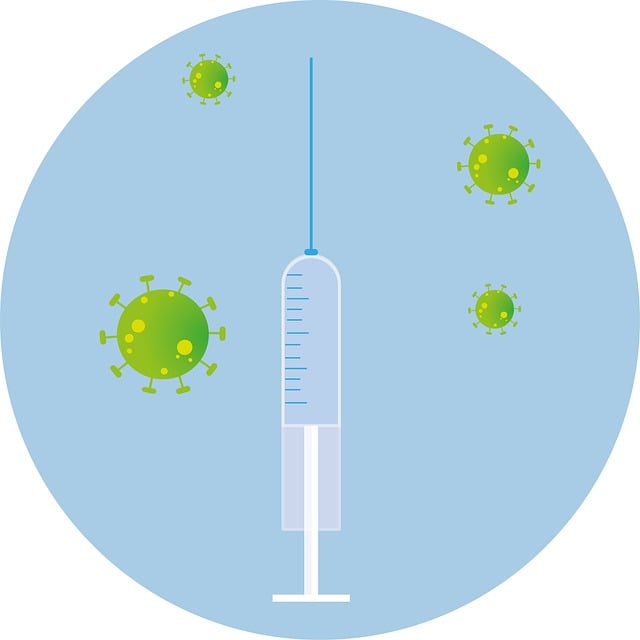Lake Oswego, known for its natural beauty, struggles with water quality due to harmful algal blooms caused by nutrient overload from agricultural runoff. The city is addressing this issue with Lake Oswego OR Ozone Treatment, an advanced oxidation process using ozone to break down organic compounds and pollutants into harmless byproducts. This innovative solution improves water clarity, enhances aquatic life habitats, prevents algal blooms, and makes the lake safer for recreational activities, making it a leader in sustainable water treatment.
Lake Oswego, known for its scenic beauty, faces water quality challenges that require innovative solutions. In this article, we explore one such solution: ozone treatment. We delve into the science behind this powerful technique, its environmental benefits, and practical implementation in Lake Oswego’s context. From understanding water quality issues to successful project case studies, discover how ozone treatment could revolutionize lake conservation efforts.
- Understanding Lake Oswego's Water Quality Challenges
- The Science Behind Ozone Treatment: How Does It Work?
- Benefits of Ozone Treatment for Lakes and Ecosystems
- Implementation and Logistics: Setting Up an Ozone Treatment System
- Case Studies: Successful Ozone Treatment Projects in Lake Oswego
Understanding Lake Oswego's Water Quality Challenges

Lake Oswego, known for its scenic beauty and outdoor recreation opportunities, faces unique water quality challenges due to a combination of factors. One significant issue is the presence of harmful algal blooms (HABs), which can produce toxic compounds and negatively impact both aquatic life and human health. These blooms are often fueled by excess nutrients, such as nitrogen and phosphorus, stemming from various sources like agricultural runoff and improper waste disposal.
Additionally, Lake Oswego’s deep and slow-moving waters make it susceptible to prolonged exposure to pollutants. The lake’s connectivity to the Willamette River further complicates matters, as riverine inputs can introduce additional contaminants. To address these challenges, Lake Oswego has turned to innovative solutions, with OR Ozone Treatment emerging as a promising approach. This advanced oxidation process effectively targets and neutralizes pollutants, including organic compounds and heavy metals, by using ozone—a powerful oxidizer generated from oxygen.
The Science Behind Ozone Treatment: How Does It Work?

Ozone treatment for water bodies like Lake Oswego is a powerful and natural process that leverages the strong oxidizing properties of ozone (O₃). This gas, when introduced into the water, reacts with organic compounds, bacteria, viruses, and other pollutants. The reaction breaks down these substances into harmless byproducts, primarily oxygen and water. This not only purifies the water but also helps in maintaining a healthy balance within the lake’s ecosystem.
In Lake Oswego OR Ozone Treatment, ozone is typically generated on-site using a specialized machine that produces high-quality ozone gas. This ozone is then diffused into the water through aerators or injectors, ensuring even distribution. The process is highly efficient and environmentally friendly, making it a preferred solution for water quality management in lakes like Oswego. By targeting and eliminating pollutants, this treatment improves water clarity, enhances aquatic life habitats, and ensures safer recreational activities for residents and visitors alike.
Benefits of Ozone Treatment for Lakes and Ecosystems

Ozone treatment for lakes, including Lake Oswego, offers a multitude of benefits that enhance both the water quality and the overall ecosystem health. By introducing ozone into the water, harmful bacteria, algae, and other contaminants are effectively broken down. This process not only improves the aesthetic appeal of the lake but also ensures a safer environment for aquatic life and recreational activities.
The use of ozone treatment is particularly beneficial in managing nutrient levels, such as phosphates and nitrates, which can fuel harmful algal blooms. By oxidizing these nutrients, ozone reduces their availability, preventing excessive algae growth. This, in turn, promotes a more balanced ecosystem, allowing other plant and animal species to thrive. Additionally, ozone treatment can help eliminate odors caused by decaying organic matter, making Lake Oswego a more enjoyable destination for residents and visitors alike.
Implementation and Logistics: Setting Up an Ozone Treatment System

Implementing an ozone treatment system in Lake Oswego, or any waterbody, involves careful planning and logistical considerations. The first step is to assess the size and specific needs of the lake. Ozone generators need to be strategically placed based on water circulation patterns to ensure even distribution of ozone. This often requires consulting with local environmental experts and aquatic ecologists to avoid potential harm to marine life while optimizing treatment efficiency.
Logistics also encompass maintenance and safety protocols. Regular monitoring of water quality and ozone levels is crucial, as is ensuring proper ventilation in areas where the system is installed. Proper training for handling ozone equipment is essential due to its powerful nature. Moreover, compliance with local environmental regulations regarding water treatment must be a priority throughout the implementation and operation phases of the Lake Oswego OR Ozone Treatment system.
Case Studies: Successful Ozone Treatment Projects in Lake Oswego

In recent years, Lake Oswego has been at the forefront of innovative water treatment solutions, with ozone treatment emerging as a game-changer for maintaining the lake’s ecological balance and clarity. Numerous case studies highlight the success of ozone implementation in this picturesque Oregon community. One notable project focused on addressing algal blooms, which can deplete oxygen levels and harm aquatic life. By integrating ozone into their water management strategy, Lake Oswego successfully reduced harmful algae, enhancing the overall health of the ecosystem.
Another successful initiative centered around improving water quality for recreational activities. The treatment system effectively targeted contaminants, ensuring safer swimming and boating conditions. These case studies demonstrate how Lake Oswego’s adoption of ozone treatment has led to tangible improvements in water quality, fostering a healthier environment for both residents and visitors alike, while also preserving the lake’s status as a vibrant and inviting destination for all who enjoy its beauty.
Lake Oswego, like many bodies of water worldwide, faces unique challenges in maintaining optimal water quality. Through this article, we’ve explored how ozone treatment emerges as a powerful and eco-friendly solution. By understanding the science behind its operation and witnessing successful implementations, it’s evident that ozone treatment offers significant benefits for Lake Oswego’s ecosystem. As we move forward, considering this innovative approach could be pivotal in preserving and enhancing the lake’s natural beauty for generations to come. Embracing ozone treatment presents a promising path towards a healthier, more vibrant Lake Oswego.






